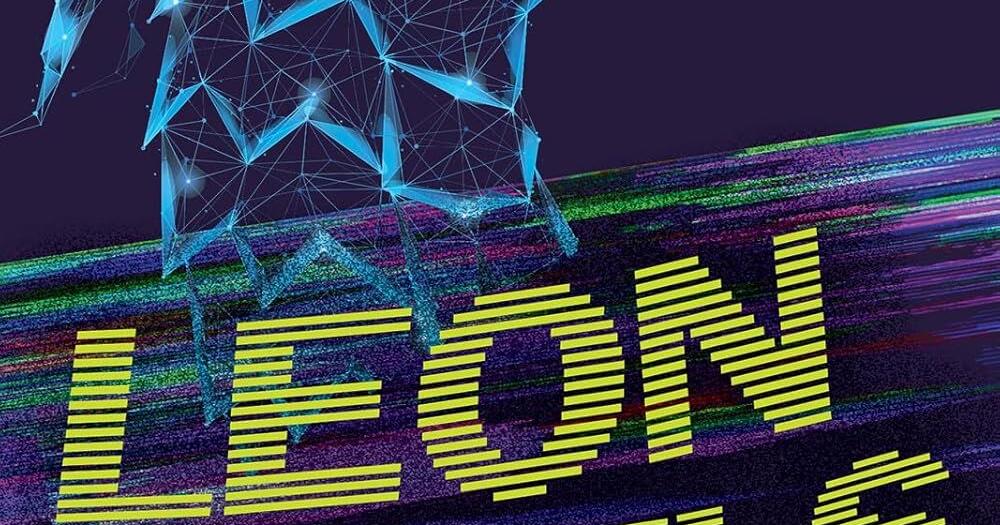Libraries are a place for all, and the Manhattan Public Library has recently taken a step towards making reading more accessible for readers with dyslexia by identifying print books with dyslexic-friendly fonts and books with high interest and low vocabulary making them searchable within the catalog.
Dyslexia, which is the most common learning disability, affects up to one in five people worldwide. People with dyslexia often have trouble spelling, reading, and saying words.
While the severity will vary from person to person, some symptoms for most people with dyslexia include:
- Similar-looking letters are often confused with each other
- Trouble rhyming
- Reluctance to read aloud
- Difficulty spelling simple words
Dyslexic-friendly fonts use unique letterforms (so ‘p’s are not just mirrored ‘q’s) and heavy-weighted bottoms to prevent the rotation of letters that people with dyslexia often experience.
High interest, low vocabulary (hi-lo) books are typically shorter than average and feature interesting themes and topics while using easy-to-understand vocabulary. Young people who find that books targeted to their age range are too difficult to read shall no longer be relegated to the children’s room to browse the same books that appeal to children just beginning their reading journeys. Now, they can find engaging and relatable hi-lo materials written in simple language for their age range.
I want to highlight a few books released in recent years from Orca Book Publishers, who offer ‘ultra-readable’ books for young people ages 12-18. These books are both high interest, low vocabulary and dyslexic-friendly. Search the catalog for “dyslexia-friendly font” or “high interest/low vocabulary” to find other titles and place your requests!
Information about these books has been taken from the publisher and our catalog, which you can visit at: https://catalog.manhattan.lib.ks.us/polaris/default.aspx.
“Spotting Dottie” by Gail Anderson-Dargatz: “When Charlotte gets a drone for her fourteenth birthday, she’s determined to get footage of Dottie, the elusive lake monster of Dorothy Lake. Her grandma, who has dedicated her life to searching for the monster, is the joke of the town. But when Charlotte manages to capture a video of the monster and posts it online, she’s the sudden target of a media storm. Now everyone is making fun of her too. Worse, droves of monster hunters arrive in her town, crowding the lake. When their boat propellers threaten to hurt Dottie, Charlotte is faced with a difficult choice.”
“Leon Levels Up” by Paul Coccia: “Twelve-year-old Leon loves video games. When he plays, he feels confident for just a little while. The rest of the time he feels like a loser. So Leon is shocked when Nico, the coolest kid ever and the son of a video-game developer, invites him over to test out the newest game at his dad’s high-tech lab. To play, they must submerge themselves in giant tanks filled with nanobots, which are programmed to interact with the players and form the physical gaming world. It sounds perfectly safe. But a glitch causes the tiny robots to start behaving oddly, putting the boys in real-life danger. Now it’s up to Leon to slay a dragon, to beat the game and save Nico and himself…before the timer runs out.”
“Lucky Break” by Brooke Carter: “Seventeen-year-old Lucy ‘Lucky’ Graves is devoted to her championship rugby team, but her dreams of a scholarship are destroyed when she breaks her ankle during an important game. If it doesn’t heal properly, Lucy could be benched for the rest of the year. Goodbye pro career, goodbye college, goodbye future. Without rugby, who is she? Now her anxiety and OCD are getting worse, and a past trauma has resurfaced to haunt her. Lucy needs to stop running from her past to discover what it really means to be a team player.”
The Manhattan Public Library has even more options for readers of any age with dyslexia, including large print books, ebooks, and graphic novels.
Large print books have bigger spaces between the lines of text and larger lettering. Some books are also printed with “larger print,” a font size between large print and regular print, and these can be found by searching the catalog for “larger print.”
Ebooks can be borrowed from the Libby app or the Hoopla app, and both offer dyslexic-friendly font options (as well as other customization, such as background color, brightness, and text size).
Graphic novels typically have fewer words than traditional novels, and images can provide context that clarifies the text. Graphic novels can also build confidence and drive motivation in struggling readers, which might just be enough to have them (or you) clamoring for the next volume in the series.
Reading and listening simultaneously can also improve reading ability. This can be done several ways through the library. Eaudiobooks are available through the Libby and Hoopla apps, and audiobooks on CD are available for all ages, so you can listen while you follow along with the print book. Additionally, we offer readalongs for children, which are books with an attached MP3 player in a convenient, all-in-one package.
No matter your reading level or preference, Manhattan Public Library has you covered.
Corey Ptacek is collection development librarian at Manhattan Public Library.
